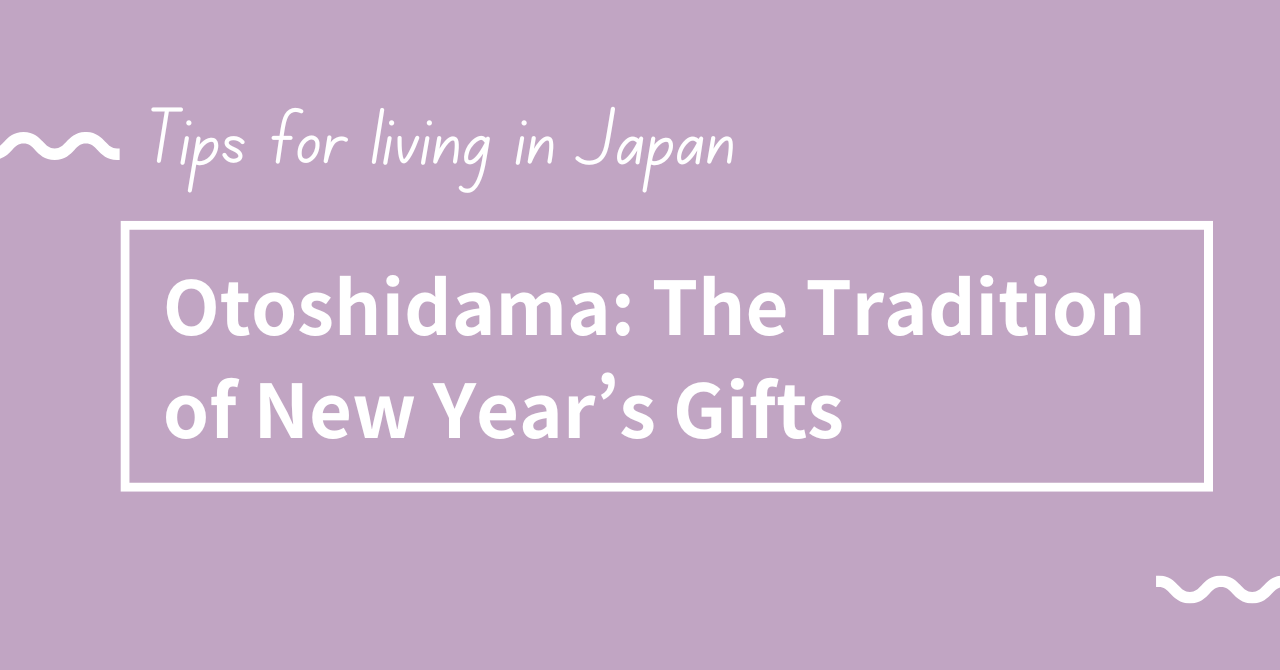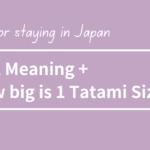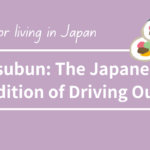New Year’s in Japan is not just a time for celebrating the arrival of another year, but a deeply rooted tradition that emphasizes family, respect, and gratitude. One of the most delightful customs during this festive time is Otoshidama—the tradition of giving money to children. If you’re unfamiliar with this tradition, it’s a practice that might seem unique, but in Japan, it’s a beloved ritual that brings both joy and meaning to the New Year’s celebrations.
In this blog, we’ll dive into the fascinating custom of Otoshidama, its history, how it’s done, and why it remains an important part of Japanese culture.
What is Otoshidama?
Otoshidama (お年玉) is a New Year’s gift traditionally given to children in Japan. It typically consists of money placed inside an envelope known as shōbu-bukuro (正月袋), which is often decorated with auspicious symbols. The envelope is presented to children by their parents, grandparents, and other close relatives during the New Year holidays, which usually run from December 31st to January 3rd.
The amount of money given varies depending on the child’s age and the family’s customs, but the focus is less on the exact value and more on the gesture of giving and the meaning behind it. The exchange of Otoshidama signifies good luck for the upcoming year and the continuation of family bonds.
The History and Origins of Otoshidama
The roots of Otoshidama can be traced back to the Jōshi (上司) festival, which was celebrated during the Heian period (794-1185) in Japan. During this time, people would offer symbolic gifts to deities, and later, these gifts evolved into offerings between family members. The custom of giving money as a gift to children became more popular in the Edo period (1603–1868), when it was tied to New Year celebrations.
The amount of money given wasn’t always substantial—back in the Edo period, it could have been a small sum of coins—symbolizing wishes for prosperity and health in the coming year. Over time, the practice grew, and it became a more formal and cherished tradition that families continued year after year.
Today, Otoshidama serves as a way for adults to show care for younger generations and help them get a good start to the year. It’s also an opportunity for children to learn the value of money and the importance of family traditions.
How is Otoshidama Given?
Otoshidama is typically given during the first few days of the New Year. After the shinnen-sai (New Year’s Day) celebrations, which include visiting shrines and temples, families will gather to exchange gifts. Children will eagerly receive their Otoshidama in beautifully decorated envelopes, often adorned with festive symbols such as cranes, pine trees, or bamboo—symbols of longevity, luck, and prosperity.
The act of giving Otoshidama is usually accompanied by warm wishes for health, happiness, and success in the coming year. The gesture is not just about the monetary value; it’s about conveying good fortune and love.
The amount of money given depends on the child’s age and sometimes even the family’s relationship with the child. For example:
- For younger children (under 5 years old), the amounts are usually modest—around 3,000 yen or less.
- As children grow older, they may receive larger amounts—around 3,000 to 5,000 yen for elementary school-aged children, and even more for teenagers.
Interestingly, children are not expected to give Otoshidama back to adults; it is a one-way gift, although older children might sometimes present small gifts to their grandparents as a gesture of gratitude.
In families or relatives with many children, the amount of Otoshidama is sometimes decided in advance.
The Special Envelope: Shōbu-bukuro (正月袋)
The envelope used for Otoshidama is an important part of the tradition. It’s typically a colorful, decorative envelope that adds to the festive spirit of the occasion. Shōbu-bukuro envelopes are often red and white, symbolizing happiness and purity. They may also include intricate patterns like gold foil, flowers, or animals, which carry meanings of good luck and fortune.
The design and quality of the envelope can vary depending on the family’s customs, the recipient’s age, and the giver’s relationship to the child. High-quality envelopes can be purchased in stores or online, and some families opt to make their own envelopes as a more personal touch.
The envelope is always handed over with both hands as a sign of respect and to honor the importance of the gift.
The Meaning Behind Otoshidama
While Otoshidama is often seen as a fun and generous tradition for children, it holds deeper cultural meanings. The exchange of money during New Year’s celebrations is symbolic of new beginnings, prosperity, and good fortune. By giving children Otoshidama, adults are not only wishing them a happy New Year but also passing on blessings for health, success, and happiness in the future.
In Japan, there is also a cultural emphasis on the importance of omotenashi—the art of hospitality and thoughtfulness. Giving Otoshidama is a way of showing love and affection for the younger generation and fostering a sense of familial connection. It’s a reminder that the new year is a time for families to come together and celebrate the bonds that hold them.
Additionally, Otoshidama teaches children about the concept of money, saving, and the value of work. Often, children will save their Otoshidama or use it to buy something special. In this way, the tradition also serves as an opportunity for children to learn financial responsibility.
Otoshidama Today: Modern Adaptations
While Otoshidama is deeply rooted in tradition, it has evolved with the times. In today’s modern Japan, some families may give electronic money through apps or transfer funds to the child’s bank account rather than giving physical cash. This change is a response to the increasingly digital nature of modern life.
Additionally, for families living abroad or with mixed cultural backgrounds, Otoshidama might be adapted to fit the local context or convenience. However, despite the shifts in how money is given, the essence of the gift—wishing prosperity and good fortune for the new year—remains unchanged.
Final Thoughts: The Joy of Giving and Receiving Otoshidama
Whether you’re a visitor in Japan or have deep roots in Japanese culture, Otoshidama offers a heartwarming look at the importance of family, generosity, and tradition. It’s a special moment that brings families closer together and creates cherished memories.
For children, receiving Otoshidama is often an exciting part of the New Year’s celebrations. They look forward to the money and the chance to buy something new, but they also learn important lessons about tradition, respect, and family values.
If you ever find yourself in Japan during New Year’s or are celebrating with Japanese friends or family, don’t be surprised if you’re handed a beautifully decorated envelope with a smile. It’s more than just a gift of money; it’s a symbol of luck, happiness, and the bonds that unite us all.
Happy New Year, and may the coming year bring you all the good fortune of Otoshidama!



コメント